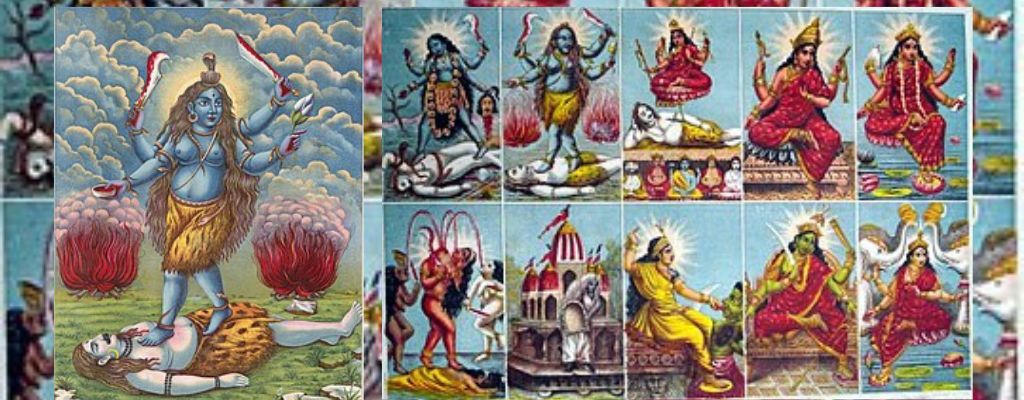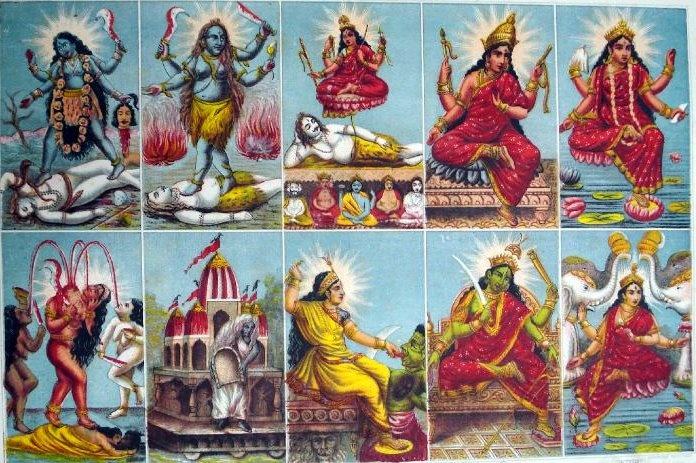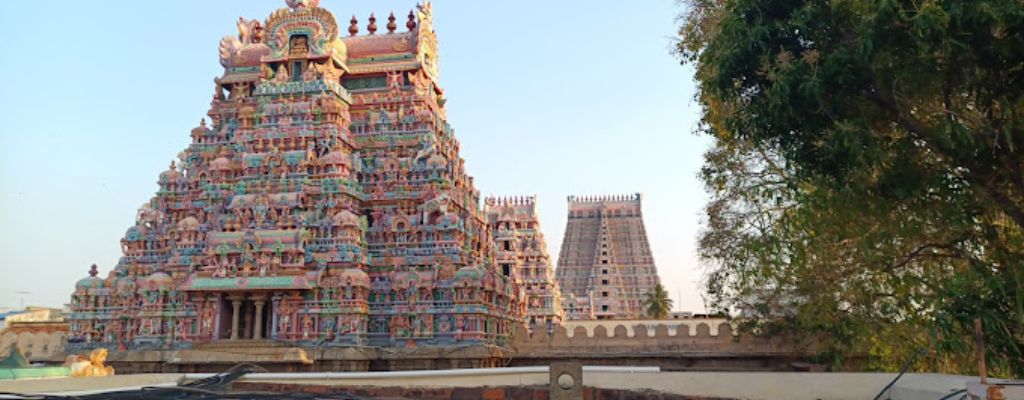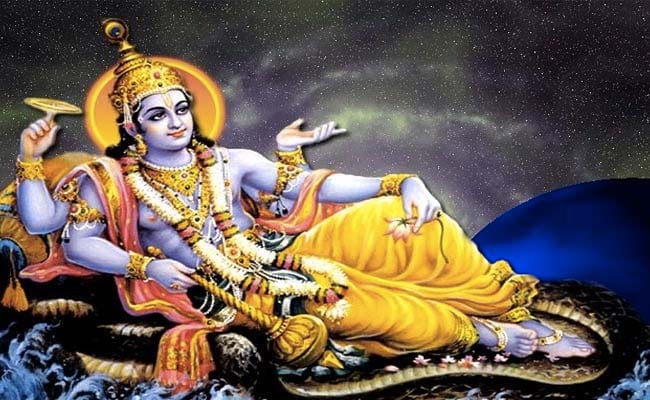Maa Tara, also known as Tara Mahavidya, is one of the ten Mahavidyas in Hinduism, a group of Tantric goddesses representing various aspects of divine feminine power. Tara is considered a form of the Divine Mother and is often associated with compassion, protection, and deliverance. In Tibetan Buddhism, she is revered as Green Tara, embodying enlightened activity and compassion.
Tara Mahadevi is revered as the second incarnation of Satidevi in the Dasa Mahavidya tradition. The name Tara is derived from the sound ‘tru’ and is considered the manifestation of Nadam (sound). She is associated with Pashyanti Shabdam (Vak), the powerful astral sound heard when a seeker attains mantra siddhi. In Tibetan scriptures, Tara Mahadevi is described with 21 incarnations and mantras. Yogic teachings place her residence in the Anahata Chakra.
Worship and Significance
Devotees worship Maa Tara to seek her protection, guidance, and blessings. She is particularly revered for her ability to remove fears and obstacles, offering a path to spiritual liberation. Her mantra, “Om Tare Tuttare Ture Swaha,” is chanted with devotion to invoke her divine presence and receive her blessings.
Worshiping Maa Tara Mahavidya at Home
Setting Up the Altar:
- Image or Idol: Place a picture or idol of Maa Tara on a clean altar.
- Offerings: Arrange flowers, fruits, sweets, incense, and a lamp (diya) on the altar.
- Clean Environment: Ensure the area is clean and quiet, free from distractions.
Daily Worship:
- Morning Rituals: Begin by lighting the lamp and incense. Offer flowers and fruits.
- Mantra Chanting: Recite Maa Tara’s mantra – “Om Tare Tuttare Ture Swaha” or “Om Hreem Streem Hum Phat”.
- Meditation: Spend a few minutes meditating, visualizing Maa Tara’s form, and seeking her blessings.
Special Rituals:
- Full Moon Days: Perform a more elaborate puja on full moon days, including a detailed recitation of Tara Stotra and offering special dishes.
- Festivals: Celebrate Navaratri and other significant festivals dedicated to the goddess with additional rituals and group prayers.
The Story of Maa Tara Mahavidya
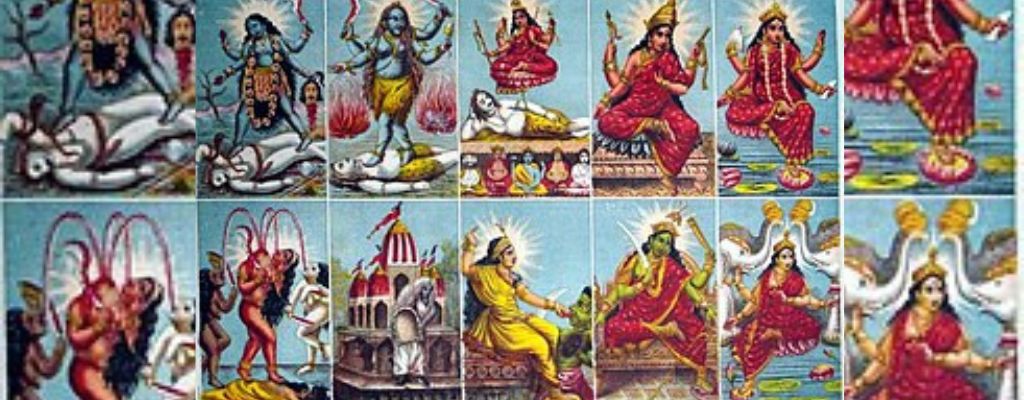
Maa Tara, one of the ten Mahavidyas, holds a significant place in Hindu mythology and Tantric traditions. Her story is rich with symbolism and profound spiritual teachings, emphasizing her role as a protector and guide through the dark times of life.
Origin and Mythological Background
The origin of Maa Tara is closely linked with the cosmic battle between the gods and the demons, a recurring theme in Hindu mythology. According to one legend, Maa Tara emerged from the intense devotion and prayers of Lord Shiva.
The Cosmic Churning and the Birth of Tara
One of the most popular stories associated with Maa Tara involves the Samudra Manthan, or the churning of the cosmic ocean. The gods (Devas) and the demons (Asuras) jointly churned the ocean to obtain Amrita, the nectar of immortality. During the churning, a deadly poison, Halahala, emerged from the ocean, threatening to destroy all of creation.
In a desperate bid to save the universe, Lord Shiva drank the poison. Though his divine power prevented the poison from harming him, it caused intense pain and his throat turned blue, giving him the name Neelkanth (the blue-throated one). Despite this, the poison’s potency continued to threaten his life.
Seeing this, the gods and goddesses were greatly distressed. At this critical moment, Maa Tara Mahavidya appeared, manifesting from the compassionate and nurturing aspect of the Divine Mother. She took Shiva on her lap, much like a mother tending to her child, and began to nurse him. Through her nurturing and divine power, she neutralized the poison, saving Shiva and thereby the universe.
Tara’s Compassion and Protection
Maa Tara’s act of saving Lord Shiva is symbolic of her role as a protector and savior. She represents the maternal aspect of the divine, offering care and compassion to those in need. Her ability to neutralize the poison signifies her power to alleviate suffering and guide devotees through life’s challenges.
Iconography and Symbolism
Maa Tara is often depicted with a fierce appearance, reflecting her protective nature. She is usually shown with a blue or black complexion, wearing a garland of skulls and adorned with serpents. In her four-armed form, she holds a pair of scissors, a sword, a lotus, and a bowl, each symbolizing different aspects of her divine power. The scissors and sword represent her ability to cut through ignorance and obstacles, the lotus symbolizes spiritual awakening, and the bowl signifies compassion and nurturing.
The Ten Mahavidyas
Tara is one of the ten Mahavidyas, a group of Tantric goddesses each embodying a unique aspect of the divine feminine power. The Mahavidyas include Kali, Tara, Tripura Sundari (Shodashi), Bhuvaneshwari, Chinnamasta, Bhairavi, Dhumavati, Baglamukhi, Matangi, and Kamala. Together, they represent the full spectrum of feminine energy, from creation and preservation to destruction and transformation.
Who is Green Tara Maa?
Green Tara is a prominent deity in Tibetan Buddhism, symbolizing compassion and swift action. She is often depicted in a seated posture, ready to jump into action to help those in need. Green Tara is believed to protect from fear and danger, offering immediate assistance in times of distress. She is invoked for guidance, protection, and spiritual awakening.
Tara Mahavidya Mantra
The beejakshara mantra associated with Tara Mahadevi is originally ‘Threem,’ which later transformed into ‘Streem’ by Tara herself. Vasishta Maharshi received initiation into the ‘Streem’ beejakshara mantra directly from Tara Mahadevi after chanting ‘Threem’ mantra with devotion. The ‘Streem’ mantra comprises four syllables—Sakaram, Takram, Rakaram, and Eemkaram—each bestowing specific powers ranging from wisdom and wealth to divine splendor and conquest over challenges.
The Tara Mahavidya mantra is a powerful invocation used to connect with the energy and blessings of Maa Tara. There are several mantras associated with Tara Mahavidya, each carrying its own significance and benefits. One of the most widely known mantras for Tara Mahavidya is:
The Tara Beej Mantra, “ॐ ह्रीं स्त्रीं हुं फट्,” invokes the compassionate presence of Maa Tara, awakening maternal instincts within the devotee’s heart. Chanting this mantra with devotion pleases Mother Tara, alleviating all troubles and bringing forth blessings for financial prosperity and spiritual liberation.
The Tara Beej Mantra:
“Om Tare Tuttare Ture Swaha” “ॐ ह्रीं स्त्रीं हुं फट्,”
This mantra is a combination of sounds that resonate with Tara’s divine qualities:
- Om: The primordial sound, representing the essence of the universe.
- Tare: Represents liberation from all discontent.
- Tuttare: Represents liberation from the eight fears, such as lions and elephants.
- Ture: Represents the deliverance from all the dangers.
- Swaha: The sacrificial term, symbolizes offering.
Tara maa and Tara Mahavidya
Maa Tara Mahavidya is one of the ten Tantric goddesses in Hinduism, known for her fierce and protective nature. She is depicted in blue, with a form that exudes both terror and benevolence. Tara represents the ultimate truth, guiding devotees through obstacles and fear towards spiritual liberation.
Devotees born under the stars Punarvasu, Purvabhadra, or Visakha are recommended to chant her mantra, especially offering blue lilies during night rituals on auspicious days. Tara Mahadevi is particularly beneficial for those in the marketing field, students seeking academic success, and music practitioners. Her worship is believed to liberate from the cycle of birth and death and offer protection from negative consequences.
As per tradition, seekers are advised to approach the practice of Tara Mahadevi’s mantras with utmost respect and under the guidance of a self-realized guru. Restrictions include abstaining from chanting during menstruation for women and observing specific rituals for purity and respect.
Kali Tara Mahavidya Shodashi Bhuvaneshwari Mantra
The ten Mahavidyas each have specific mantras associated with them. Below are mantras for Kali, Tara, Shodashi, and Bhuvaneshwari:
Kali: Om Krim Kalikaye Namah
Tara: Om Tare Tuttare Ture Swaha
Shodashi (Tripura Sundari): Om Aim Hreem Shreem Sri Lalitambikaye Namah
Bhuvaneshwari: Om Hreem Bhuvaneshwaryai Namah
These mantras can be chanted daily to invoke the blessings and protection of these powerful goddesses.
Conclusion
Maa Tara, in her various forms and manifestations, offers profound spiritual guidance, protection, and compassion. Whether worshiped as a Mahavidya in Hinduism or as a bodhisattva in Tibetan Buddhism, Tara’s divine presence provides solace and strength to her devotees. By understanding her significance, practicing her rituals, and chanting her mantras, one can cultivate a deep connection with this powerful goddess, inviting her blessings and grace into their lives.

